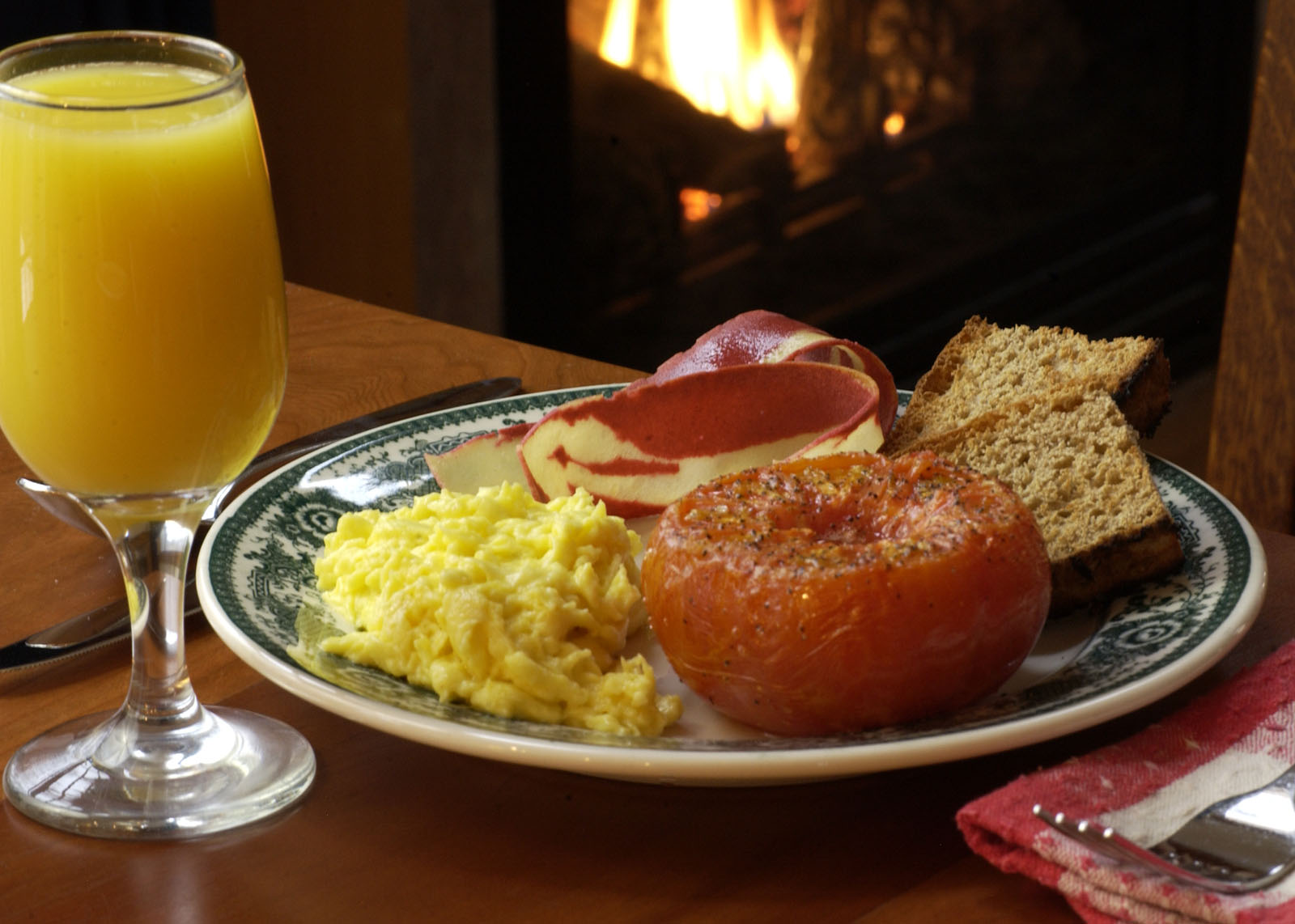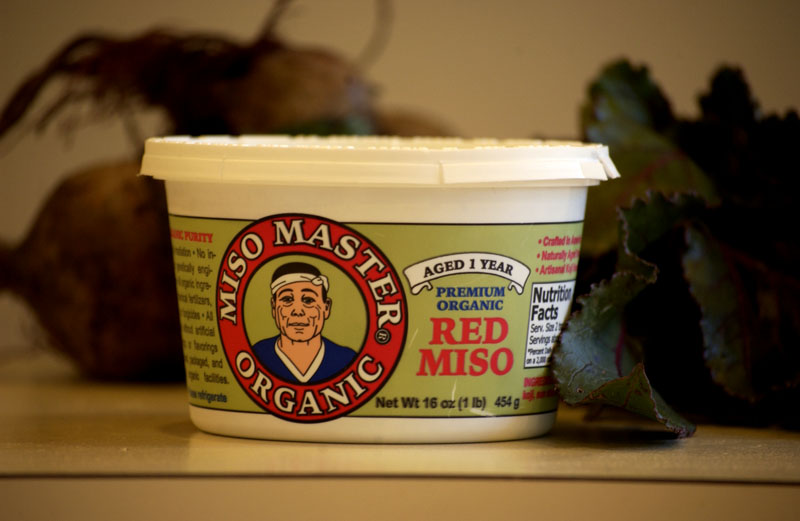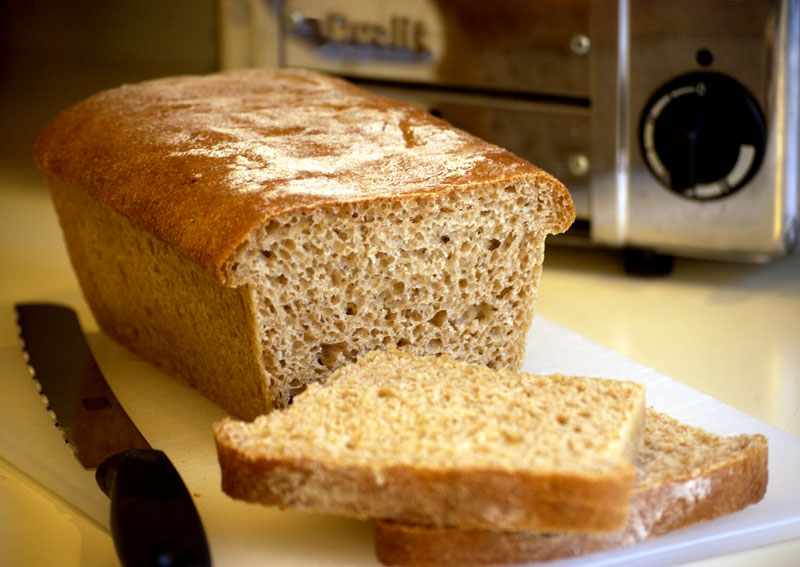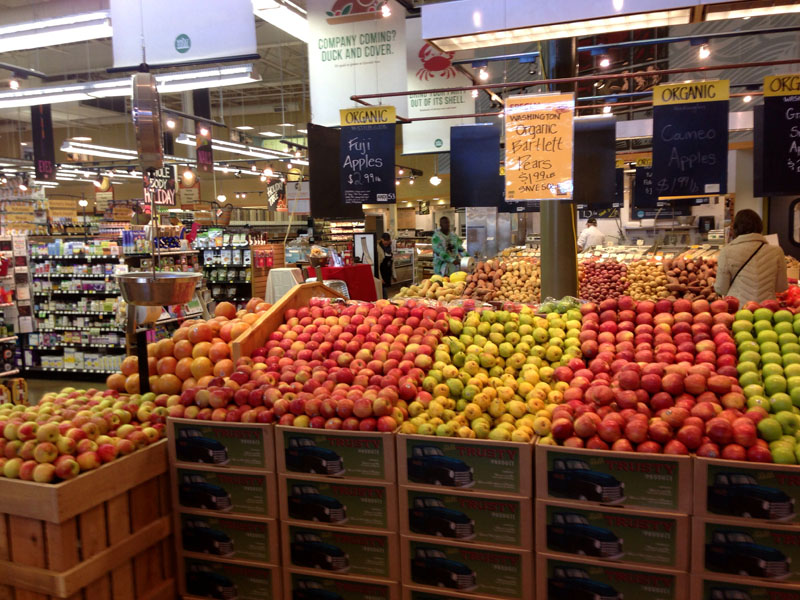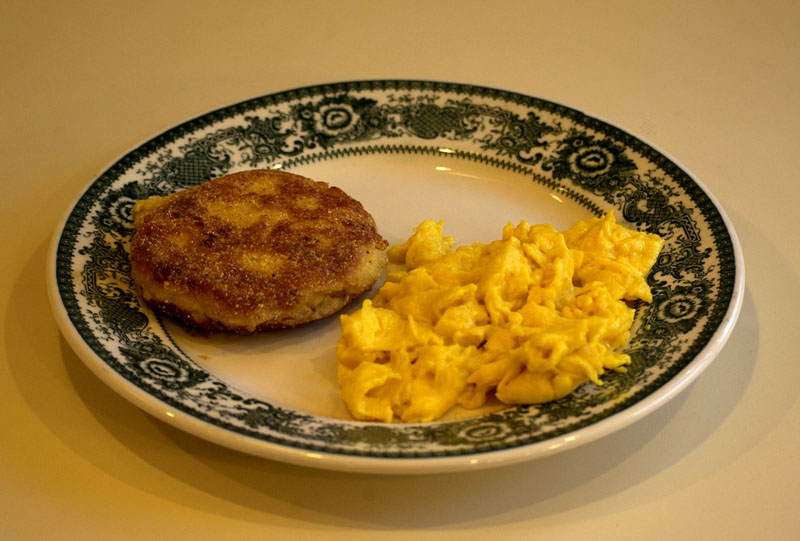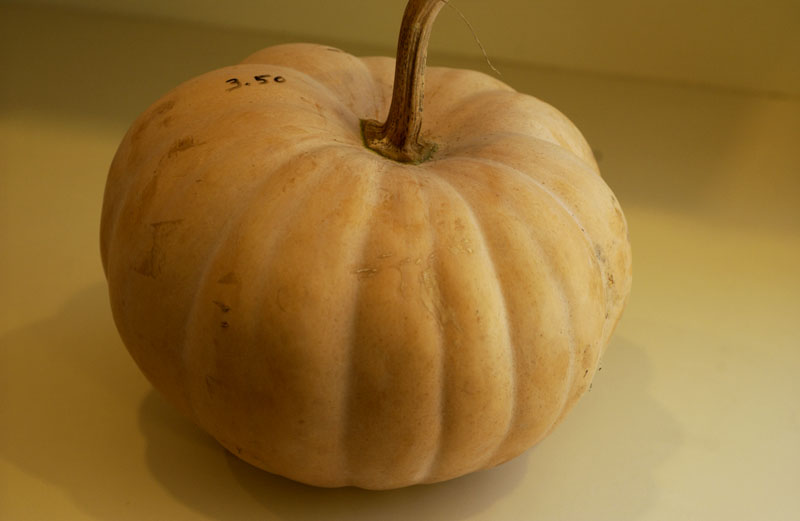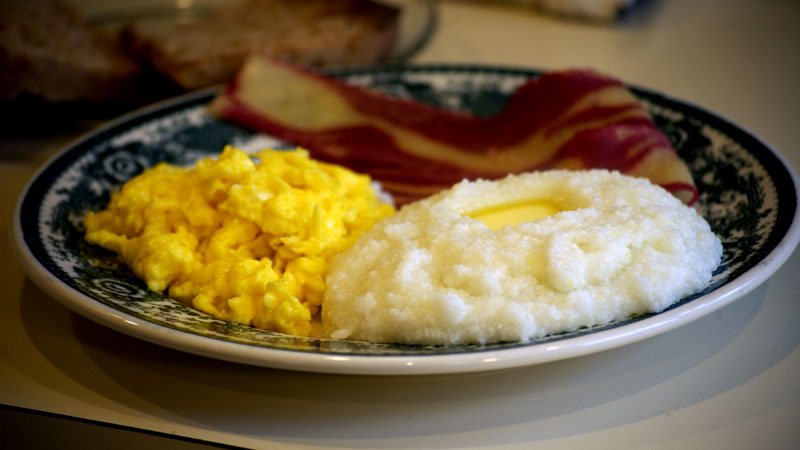
Home-cooked slow grits with home-laid eggs and fake bacon
Periodically I have breakfast with friends at a roadside family restaurant in northern Stokes. I keep ordering grits, but I continue to get runny — bordering on watery — grits in a little bowl. Now maybe this is actually some folks’ preference in grits. But, to me, that’s not proper grits.
Grits should be thick, like thick mashed potatoes. They should be thick enough to hold a nice mound — never a puddle! — on the plate and support a well of melted butter. They should be served hot, but not so hot that they burn your tongue and ruin your breakfast. Grits should sit for 5 to 10 minutes off the heat after they’ve cooked, to thicken and cool a bit.
As for “quick grits” or — heaven forfend — “instant grits,” don’t even think about it. Proper old-fashioned grits take only 20 minutes or so to cook. As for how much water is required, about four parts water (or slightly less) to one part grits is about right. (But, like rice, grits vary, so there is no universal rule.) Just keep simmering and stirring, with the lid off if necessary, until the grits thicken. Erma Rombauer, in the 1943 edition of Joy of Cooking, boils the grits briefly, then steams them in a double boiler for an hour. I’ve never tried that, but it probably would work great. Grits require close watching, so a double boiler would give the cook a break.
People sometimes express surprise that I, having lived in San Francisco for so long, am a fan of grits. People often think that San Franciscans are too snooty to eat grits. But that’s not true at all. San Franciscans know about food from all over the world, so it would be impossible to keep anything as good as grits a secret. You can get grits for breakfast in lots of places in San Francisco. And I hate to say it, but the grits I’ve had in San Francisco are better than the grits I’ve had in these parts lately. I think it’s the same problem that afflicts all low-price “family” restaurants. They don’t have trained cooks, they can’t afford to use good ingredients because they have to keep prices low, and they cut too many corners instead of giving things the time and attention that good cooking requires. Grits probably “set up” in a slow-moving kitchen, and frequent fresh batches aren’t practical, so runny grits may be the only way to solve the problem in a slow-moving kitchen.
So we country folk, when friends meet friends for breakfast, have a hard time finding the good cookery that city folk take for granted. But we have just as much to talk about, and we live at a slower pace, so a breakfast can run — à la française — up to two hours. And most country restaurants even have WIFI now, because they’re on the main roads where the cables are.
